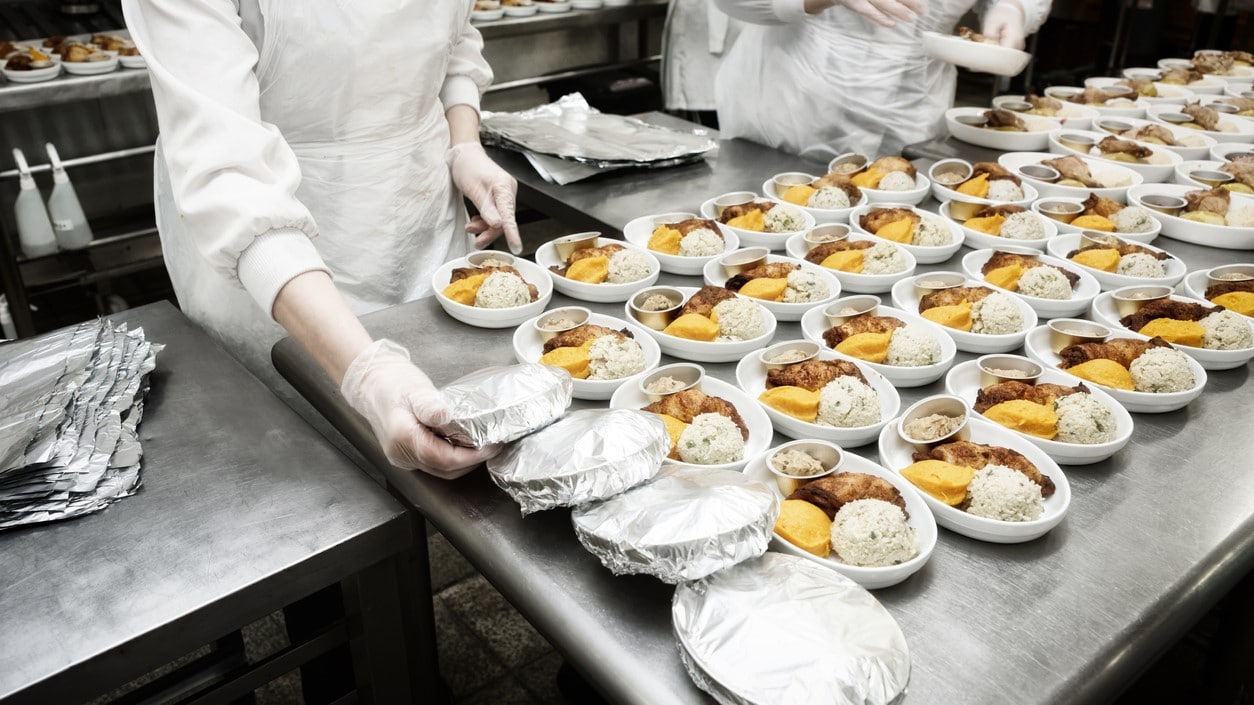At a glance
To evaluate your food service guidelines initiative, use process evaluation or outcome evaluation. Process evaluation identifies strengths, weaknesses, and areas for improvement. Outcome evaluation assesses whether the expected outcomes were achieved. This Food Service Guideline Implementation Toolkit focuses on outcome evaluation.

Introduction
Effective program evaluation is a systematic way to improve and account for public health actions. The stage of development, or maturity, of your program will influence the purpose of evaluation and the choice of evaluation questions.
Process evaluation
Process evaluation, conducted periodically, focuses on the quality and implementation of the intervention and identifies strengths, weaknesses, and areas for improvement. It assesses which activities take place, who conducts the activities, and who benefits from the activities.
Process evaluations assess whether inputs or resources have been allocated or mobilized and whether activities are being implemented as planned. With a newer program, you may want to conduct periodic process evaluation to help improve the program.
Outcome evaluation
Outcome evaluations assess the intervention’s short-term, intermediate-term, and long-term outcomes. In other words, they examine whether the expected outcomes were achieved. With a mature program, you may want to conduct an outcome evaluation to assess your program's effectiveness. For example, it will allow you to determine if having healthier foods available increased purchases of healthier food items.
Conducting an outcome evaluation will require you to do a baseline assessment and another assessment after your food service guidelines have been implemented. Ideally, an outcome evaluation should include and build on a process evaluation.

Long-term outcome evaluation
Long-term outcome evaluation requires specific knowledge of food service guidelines. Thus, this Food Service Guideline Implementation Toolkit focuses on long-term outcome evaluations.
In planning your long-term outcome evaluation, consider the types of settings and venues where you are implementing food service guidelines. The types of data that are available and relevant will differ according to the type of setting. The setting types are classified as to whether the food is sold, served, or given away. Examples from each setting are:
Places where foods are sold: Cafeterias, vending machines, or concession stands at settings such as worksites, healthcare facilities, parks, and recreation centers.
Places where foods are served: Correctional institutions and eldercare facilities.
Places where foods are distributed: Food pantries and faith-based organizations.
Next steps
Return to "Building Blocks"
Use the "Building Blocks of Food Service Guidelines" to navigate to other parts of the Food Service Guidelines Implementation Toolkit.




